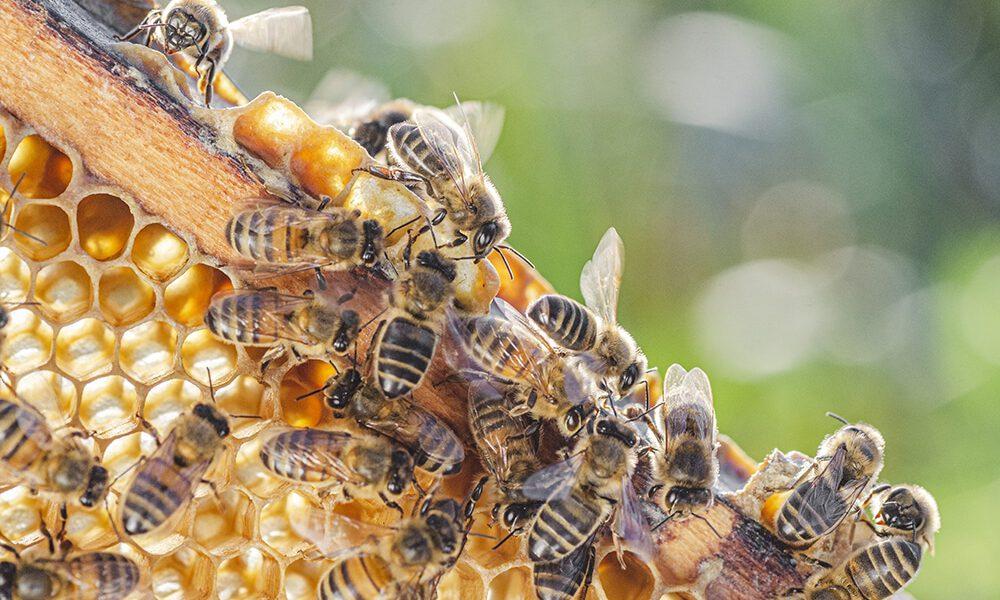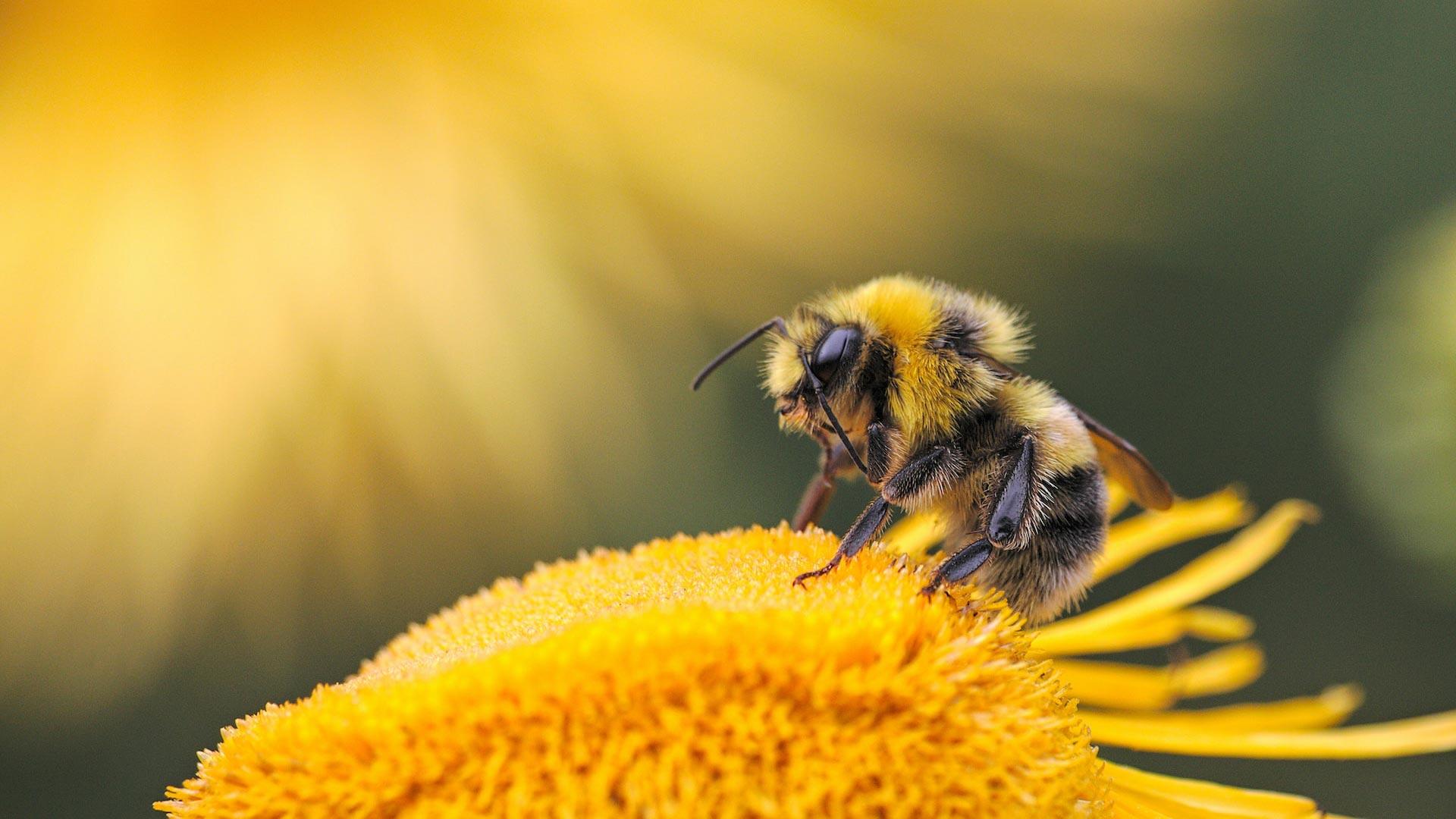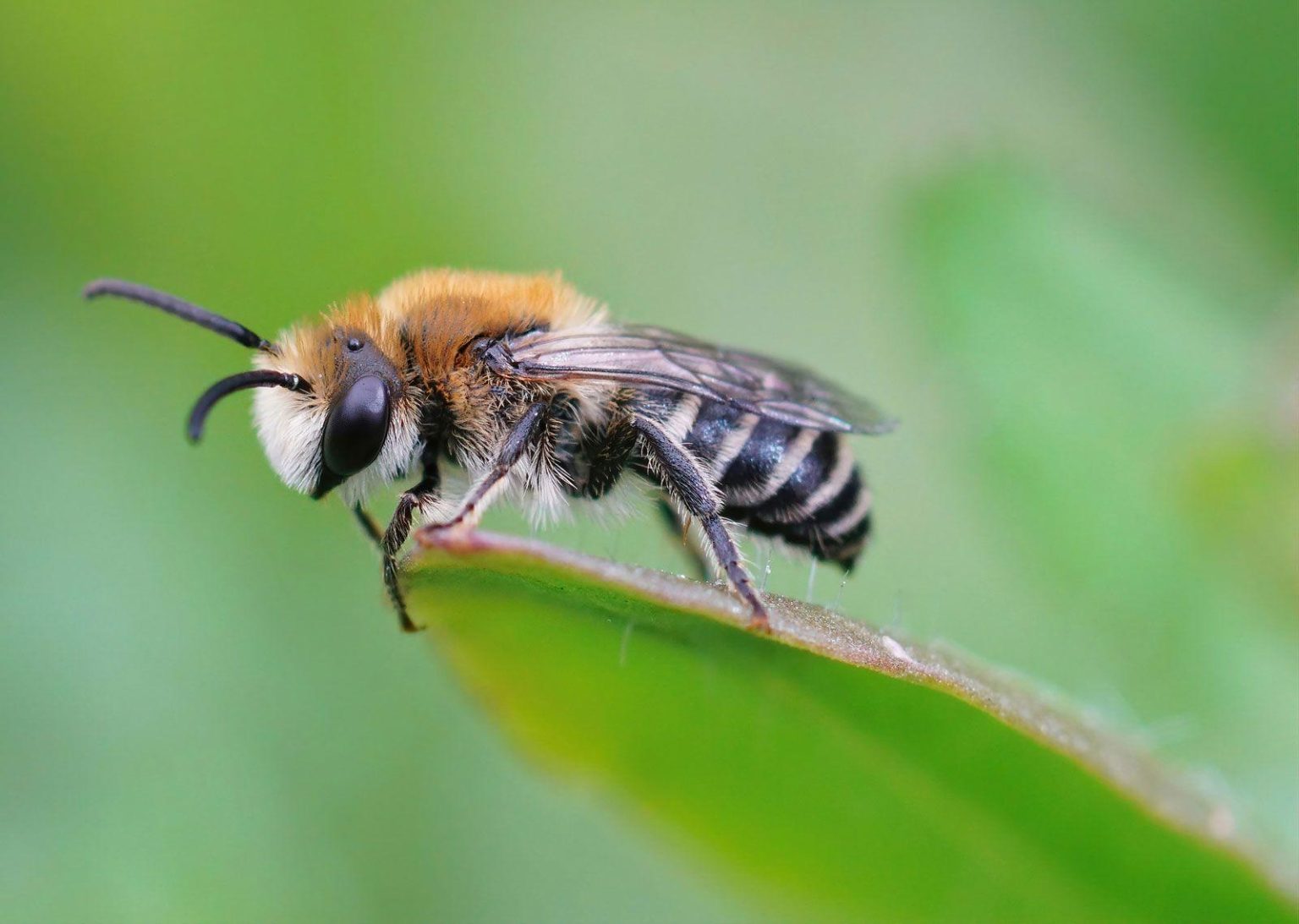In the delicate balance of our ecosystem, a seemingly small yet profoundly impactful creature buzzes busily from flower to flower—the bee. As industrious pollinators, these remarkable insects play a pivotal role in the reproductive cycles of plants, affecting everything from the vibrant wildflower meadows that blanket our landscapes to the fruitful orchards that nourish our communities. The essential role of bees extends beyond mere aesthetics; it is a vital cornerstone of global food production and biodiversity. With more than 75% of the world’s flowering plants relying on animal pollination, and many of our beloved crops, such as fruits, vegetables, and nuts, dependent on these tiny pollinators, understanding their significance has never been more urgent. In this article, we will explore the intricate connections within our pollination ecosystem, the challenges bees face today, and the critical importance of preserving their populations for future generations.
Table of Contents
- The Intricate Relationship Between Bees and Plant Life
- Understanding the Pollination Process: How Bees Contribute
- Threats to Bee Populations and Their Impact on Ecosystems
- Ways to Support Bee Populations in Our Communities
- To Conclude
The Intricate Relationship Between Bees and Plant Life

The bond between bees and plant life is a masterclass in symbiosis, illustrating a delicate balance that underpins our ecosystem. Bees, as diligent foragers, engage in a reciprocal relationship with flowering plants, transferring pollen from one bloom to another, which facilitates fertilization and subsequent seed production. This intricate process not only ensures the proliferation of diverse plant species but also sustains food sources for numerous organisms, including humans. The allure of flowers—colorful, fragrant, and nectar-rich—draws bees in, creating a mutually beneficial exchange that emphasizes the importance of biodiversity.
In assessing the impact of bee activity on global agriculture, it becomes evident that their role extends beyond mere pollen transport. Numerous crops are entirely reliant on these industrious insects for optimal yield, allowing them to thrive and flourish. Consider the following categories of crops that greatly benefit from bee pollination:
| Crop Type | Bee Dependency |
|---|---|
| Fruits | Over 70% of fruit-bearing plants require bee pollination. |
| Nuts | 100% of certain nuts (e.g., almonds) depend on bees for pollination. |
| Vegetables | 30% of vegetable crops benefit from pollinators. |
This dependence highlights the critical function of bees within agricultural systems, illuminating how their decline could create cascading effects across food webs. By safeguarding these pollinators and fostering healthy plant life, we help secure our food supply and promote a thriving ecosystem for future generations.
Understanding the Pollination Process: How Bees Contribute

The pollination process is a crucial ecological service facilitated predominantly by bees, which act as the primary agents of fertilization for many flowering plants. As these industrious insects flit from blossom to blossom, they inadvertently transfer pollen, the fine powder produced by the male parts of flowers, to the stigma, or female parts, of the same or different flowers. This exchange is essential for the plants’ reproduction, resulting in the production of seeds and fruits. The intricate relationship between bees and plants is symbiotic—while bees gather nectar to produce honey, plants ensure the continuation of their species through seed development.
In addition to their role in supporting biodiversity, bees contribute significantly to agricultural ecosystems and food security. Approximately 75% of the world’s crops depend on animal pollinators, with bees being the most effective. Some of the key crops driven by bee pollination include:
- Fruits: Apples, blueberries, and cherries
- Nuts: Almonds and walnuts
- Vegetables: Cucumbers and zucchini
The impact of bee pollination extends beyond mere crop yields—it enhances the quality and flavor of the produce as well, fostering a more diverse and nutritious diet for humans and animals alike. Understanding this natural process emphasizes the importance of protecting bee populations to sustain our agricultural and natural landscapes.
Threats to Bee Populations and Their Impact on Ecosystems
In recent years, bee populations have faced numerous threats that jeopardize their survival and, consequently, the health of our ecosystems. Pesticides, particularly neonicotinoids, have been identified as a significant danger, disrupting the nervous system of these vital pollinators. Additionally, habitat loss due to urbanization and agricultural expansion has reduced the natural environments where bees forage and nest. Other factors contributing to their decline include climate change, which alters flowering patterns and the availability of food sources, and the prevalence of diseases and parasites such as Varroa mites, which weaken bee colonies and spread infections.
The decline of bee populations has cascading effects on the biodiversity of ecosystems. Approximately 75% of flowering plants, including many crops, depend on animal pollination, predominantly by bees. As bee numbers dwindle, the reproduction of these plants is compromised, leading to diminished food supplies for other species and less diverse habitats. A table below summarizes the top impacts of declining bee populations on ecosystems:
| Impact | Description |
|---|---|
| Reduced Crop Yields | Fewer pollinators lead to lower production of fruits and vegetables. |
| Loss of Biodiversity | Decreased plant species results in habitat loss for animals, disrupting food webs. |
| Ecosystem Imbalance | Decline in pollinator species can upset predator-prey relationships. |
Ways to Support Bee Populations in Our Communities
Supporting bee populations in our communities involves a blend of practical actions and mindful choices that can positively influence these crucial pollinators. One effective way to start is by creating bee-friendly gardens. This means incorporating a variety of plants that bloom at different times throughout the seasons, offering a continuous food source. By avoiding pesticides and opting for organic gardening methods, we can provide a safe habitat for bees. Additionally, consider planting native flowers, as these are typically better suited to local bee species. Here are some garden plants that can attract bees:
| Plant Name | Blooming Season |
|---|---|
| Lavender | Summer |
| Echinacea (Coneflower) | Summer to Fall |
| Bee Balm | Summer |
| Sunflowers | Summer |
| Wildflowers | Spring to Fall |
Moreover, community initiatives can amplify these efforts. Local governments, schools, and organizations can collaborate on projects that raise awareness about bees and their vital role in our ecosystem. Establishing bee habitats in public spaces and gardens can also serve as vital resources for bees. Additionally, organizing workshops and community events focused on sustainable practices—such as beekeeping, native plant gardening, and biodiversity—can empower individuals to take action in their own backyards. By fostering a culture of appreciation and care for bees, we can significantly contribute to their survival and the health of our local ecosystems.
To Conclude
As we draw the final curtain on our exploration of the essential role bees play in our pollination ecosystem, it becomes clear that these remarkable insects are not just small players in a larger narrative; they are invaluable architects of our natural world. Their diligent work resonates through the rippling effects of our food systems, agriculture, and biodiversity.
Imagine a world without the vibrant colors of blooming flowers or the taste of fresh fruits and vegetables gracing our plates. Without bees, this imagined reality could become our new normal, underscoring the urgency of their conservation. Every buzz and busy movement of a bee signifies not just the pollination of a single flower but the continuation of a cycle that supports entire ecosystems and human livelihoods alike.
As we continue to learn and understand these complex interactions between species, it is imperative that we prioritize the protection of bee populations. Whether through sustainable gardening practices, supporting local farms, or advocating for policies that safeguard their habitats, each of us can contribute to this collective effort.
In the grand tapestry of life on Earth, bees are vital threads that weave together the myriad colors of our environment. By honoring their contributions and recognizing their plight, we can cultivate a healthier planet for generations to come. The story of bees is far from over; it is a call to action for all of us to become stewards of our shared environment, ensuring that the harmony between nature and humanity endures.



